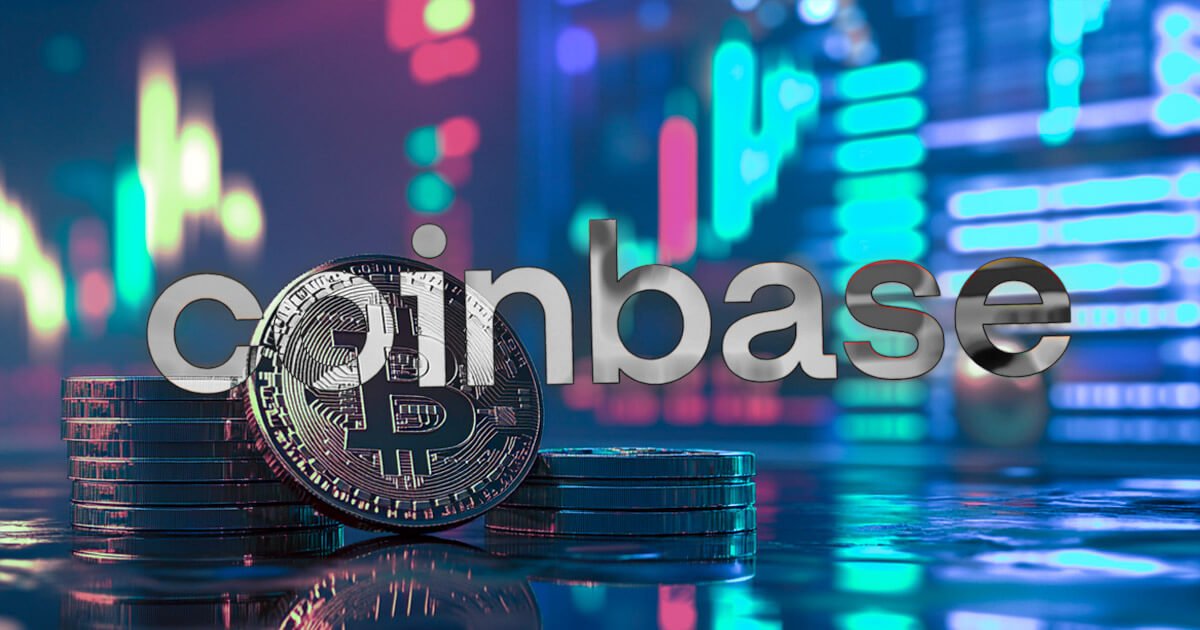
Historic Move for Crypto
In a landmark moment for the cryptocurrency industry, Coinbase Global (COIN) is officially set to join the prestigious S&P 500 index on May 19, 2025. This inclusion marks the first time a crypto-focused firm has entered the index, a clear sign that digital assets are becoming a permanent part of the mainstream financial landscape.
The S&P 500, which tracks the performance of 500 of the largest publicly traded companies in the U.S., is a widely followed benchmark of American economic health. The addition of Coinbase not only recognizes its impressive market growth but also reflects the growing acceptance of cryptocurrency exchanges in traditional finance.
Coinbase will replace Discover Financial Services (DFS), which is being absorbed by Capital One Financial Corp (COF) following a recent acquisition, according to a statement released by S&P Global on May 12.
Why It Matters
Coinbase’s inclusion in the S&P 500 has multiple implications, both for the crypto industry and for traditional investors. Entry into the index typically triggers increased stock demand, as index funds and exchange-traded funds (ETFs) that mirror the S&P 500 will now need to purchase COIN shares to accurately track the index.
The ripple effect was immediately visible. Coinbase’s stock jumped 8.8% in after-hours trading following the announcement, reaching $225.40, while also finishing the day up 4%, pushing its market capitalization to an impressive $52.8 billion.
The S&P 500’s aggregate market cap was estimated at $49.8 trillion as of March 31. Being a market-cap-weighted index, larger firms like Apple, Microsoft, and Nvidia dominate the weighting. However, Coinbase is expected to fall into the lower 400 companies in the index, typically carrying a weight of 0.01% to 0.2%.
Crypto Meets Wall Street
This move isn’t just a win for Coinbase — it’s a symbolic victory for the crypto community at large. As Coinbase’s CFO Alesia Haas highlighted, being added to the S&P 500 is a “major milestone” not just for the company but also for the broader digital asset space.
Coinbase now joins the ranks of other tech-forward firms like Tesla (TSLA) and Block Inc. (SQ), both of which are also known for holding significant amounts of Bitcoin in their corporate treasuries. It’s yet another signal that blockchain technology and cryptocurrency investments are transitioning from speculative assets to strategic financial tools.
Other crypto-involved firms, such as MicroStrategy (MSTR) — a company known for its aggressive Bitcoin accumulation — were once considered potential S&P 500 candidates. However, MicroStrategy failed to meet the profit requirements, reporting a $4.2 billion net loss in Q1 2025. Despite satisfying other conditions like U.S. revenue generation and stock exchange listing, its financials disqualify it from index inclusion — at least for now.
Market Entry Requirements
To enter the S&P 500, companies must meet stringent criteria. These include:
- A market capitalization of at least $18 billion
- Listing on a major U.S. stock exchange like Nasdaq or the New York Stock Exchange
- At least 50% of revenue generated within the U.S.
- Profitability in both the most recent quarter and the last full calendar year
Coinbase has successfully satisfied all these benchmarks, cementing its position among America’s top public companies.
Looking Ahead
Coinbase’s induction into the S&P 500 is more than symbolic — it’s a turning point in how digital assets are perceived by traditional finance. It also brings a level of legitimacy to crypto trading platforms, previously considered outside the mainstream. As crypto continues to evolve, expect other blockchain-based companies to follow in Coinbase’s footsteps.
The move demonstrates that crypto is no longer just an alternative investment — it’s becoming part of the core financial fabric of the modern world

